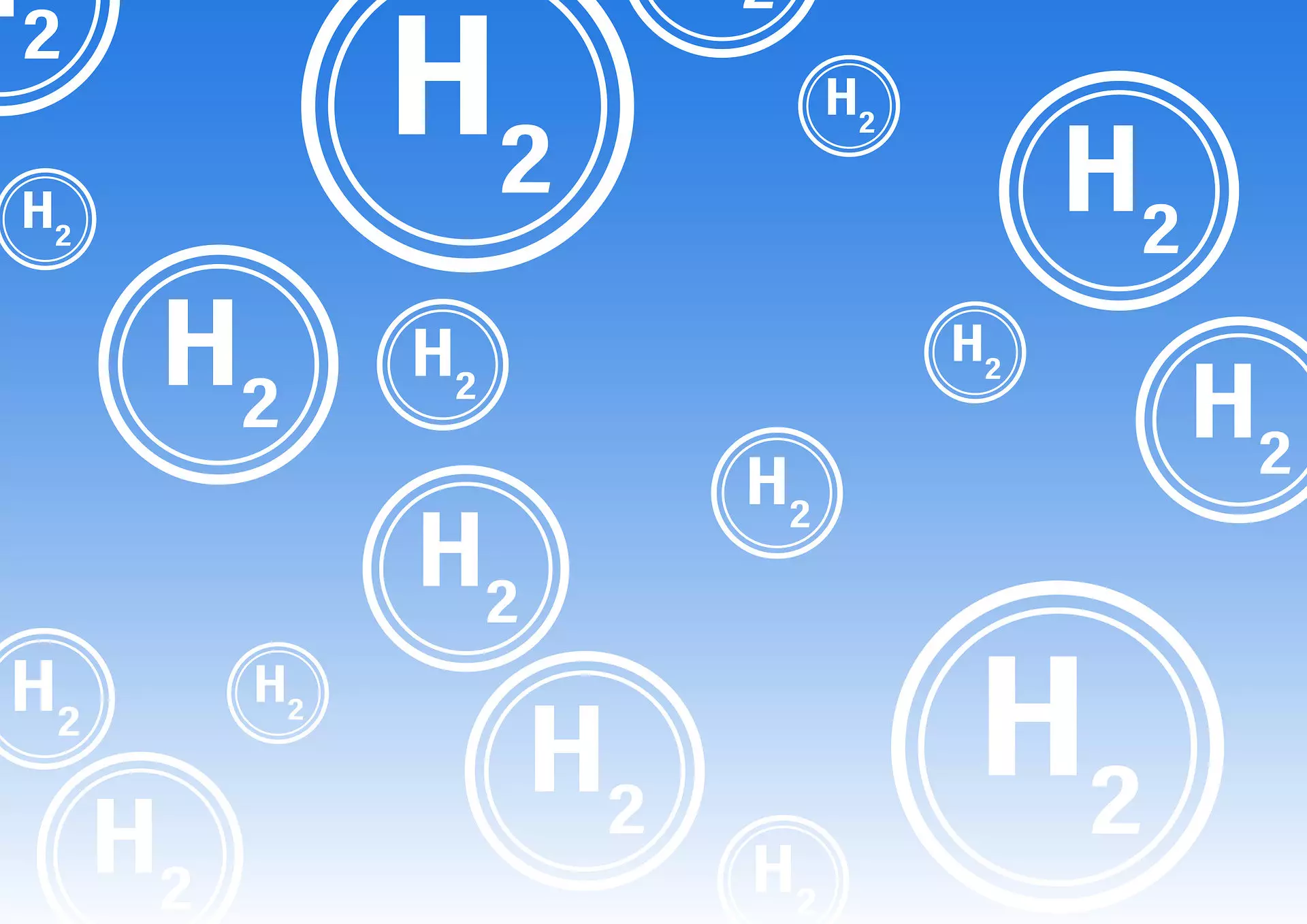Renewable hydrogen is projected to be a key player in reducing carbon emissions in Europe. The sourcing of renewable hydrogen from regions with cheaper renewable energy has been shown to be more cost-effective compared to local production. However, concerns about the environmental impact of transporting large quantities of hydrogen over long distances have been raised. This article delves into a recent study that compares the life cycle environmental impacts of different production and delivery methods for renewable hydrogen in Europe.
The study conducted by the Joint Research Centre (JRC) evaluated the environmental performance of on-site production through steam methane reforming (SMR) or electrolysis, along with three different delivery methods – compression, liquefaction, and chemical bonding to other molecules. The research also considered transportation by both ship and pipeline over a distance of 2,500 km, equivalent to the distance between Portugal and the Netherlands. The results highlighted the significant variability in environmental impacts based on production technology and delivery pathway.
One of the key recommendations from the study is that on-site production using efficient renewable sources, such as wind power in the Netherlands, is the most environmentally sustainable approach. If local on-site production is not feasible, importing renewable hydrogen can still lead to a substantial reduction in greenhouse gas emissions compared to on-site production with fossil fuels. However, a narrow focus on GHG emissions may overlook other unintended environmental consequences.
The study found that shipping liquid hydrogen and transporting compressed hydrogen through pipelines exhibited the least environmental impact when delivering hydrogen over long distances. On the other hand, packing and unpacking hydrogen into chemical carriers such as ammonia, liquid organic compounds, methanol, and synthetic natural gas require more energy and resources, making them less desirable options in terms of minimizing environmental impact. Interestingly, there was no significant difference in the comparative environmental impact of delivery methods among the chemical carriers.
The report stressed the importance of renewable energy infrastructure in determining the environmental impact of delivered hydrogen. For instance, to ensure that imported solar-generated hydrogen has an environmental advantage over conventional hydrogen production from fossil fuels, the environmental impact of generating electricity through photovoltaic panels must be significantly reduced. This involves improving the efficiency of photovoltaic panels and utilizing renewable energy for their production.
Water use is another critical factor to consider in hydrogen production. The availability of freshwater plays a vital role in determining the sustainability of hydrogen production methods. On-site hydrogen generation in water-rich countries was found to be more sustainable in terms of water use compared to importing hydrogen from water-scarce regions. Additionally, hydrogen losses during the delivery chain can substantially increase the environmental impact, emphasizing the need for efficient delivery methods.
The study sheds light on the various factors that influence the environmental impact of renewable hydrogen delivery in Europe. It underscores the importance of on-site production using renewable sources and highlights the significance of efficient delivery methods, such as shipping liquid hydrogen and transporting compressed hydrogen through pipelines. The findings provide valuable insights for policymakers and stakeholders to steer the transition towards a more sustainable hydrogen economy in Europe.


Leave a Reply